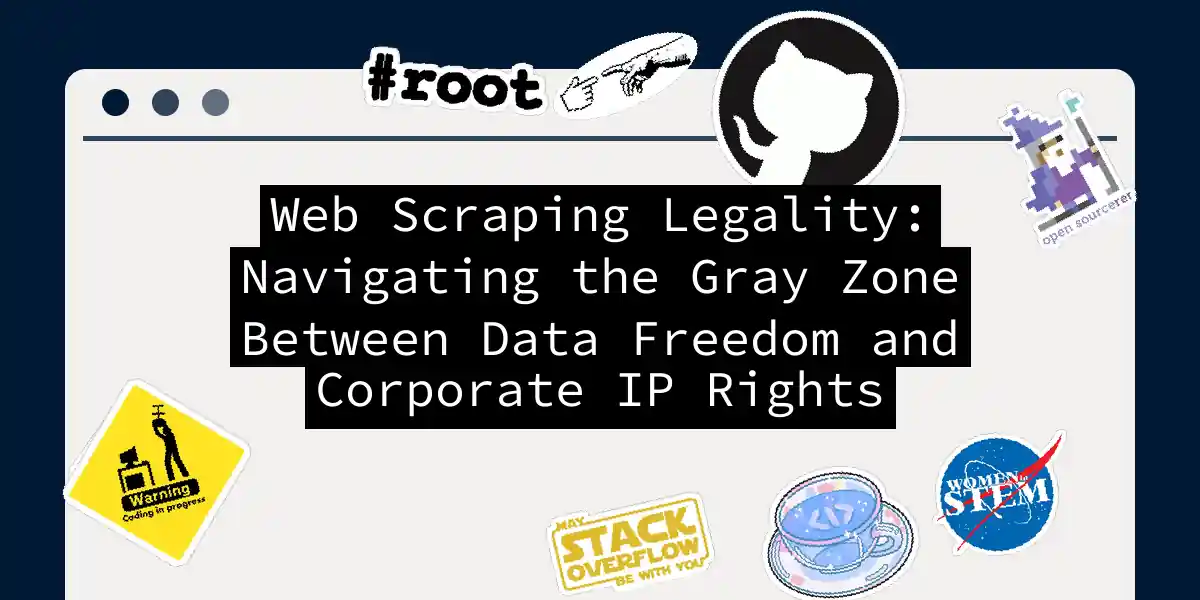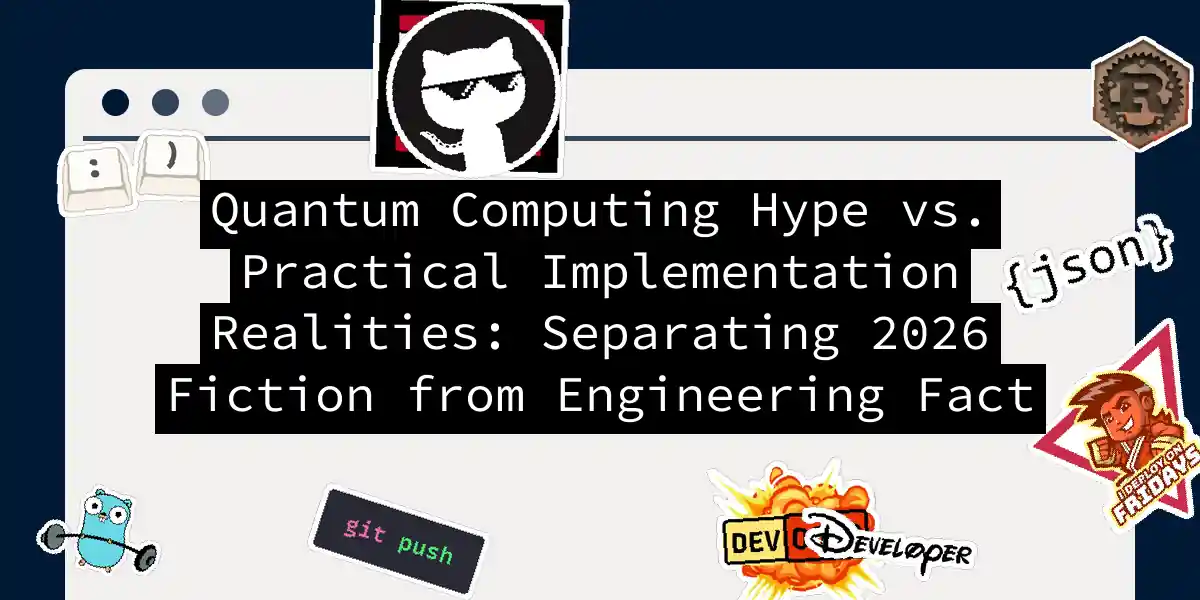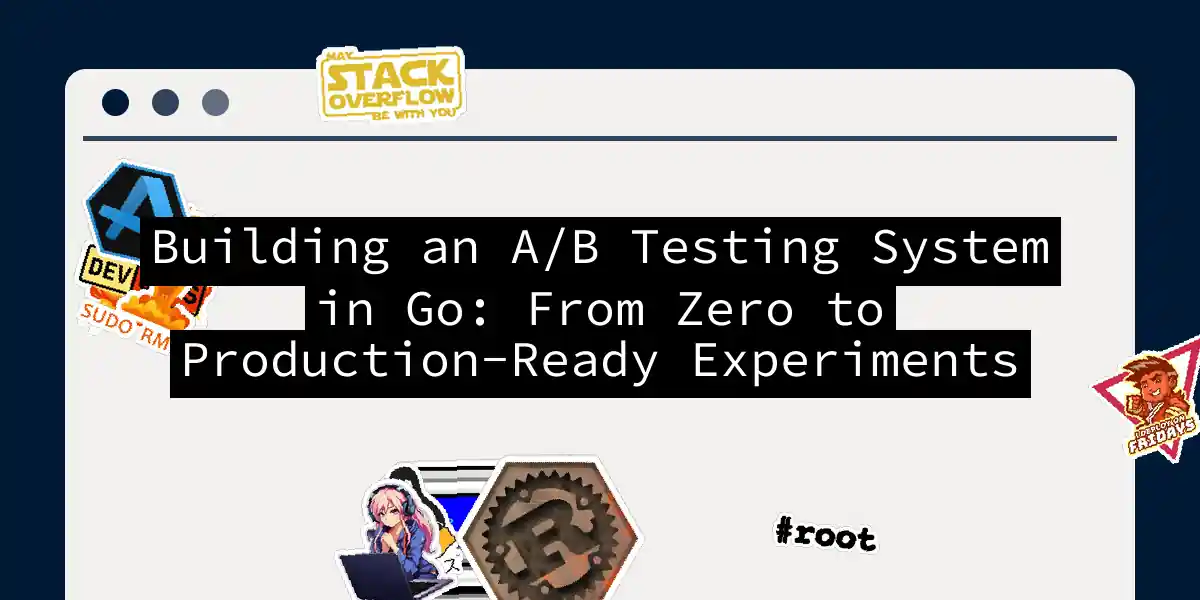
Web Scraping Legality: Navigating the Gray Zone Between Data Freedom and Corporate IP Rights
If you’ve ever built a web scraper, you know that feeling—the moment you hit “run” and realize you’re potentially committing a digital crime. Or maybe you’re not. Nobody really knows anymore. Welcome to the delightfully murky world of web scraping legality, where even lawyers show up to court with a shrug and a PowerPoint presentation. The truth is, web scraping exists in a legal Bermuda Triangle. It’s not universally illegal. It’s not universally legal....



